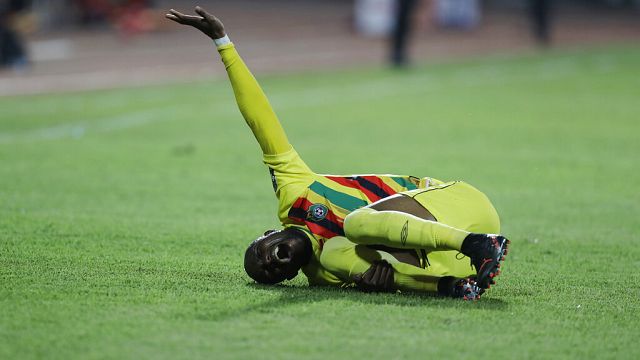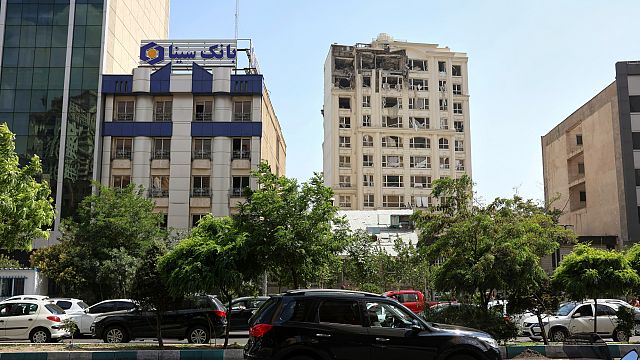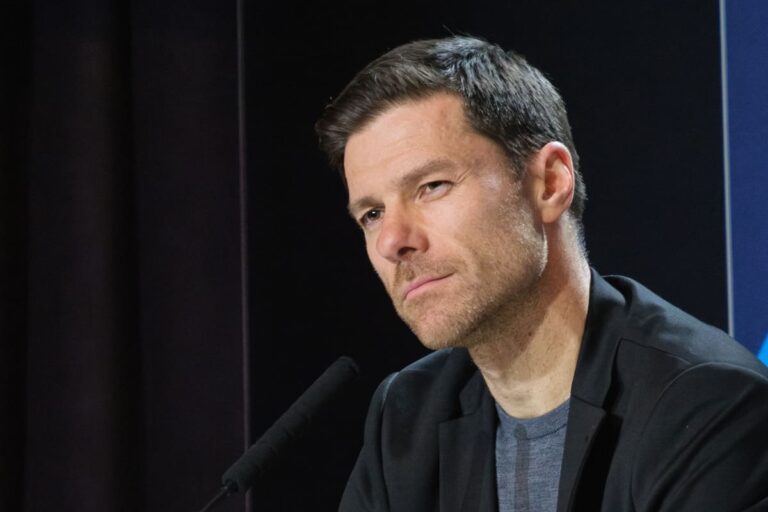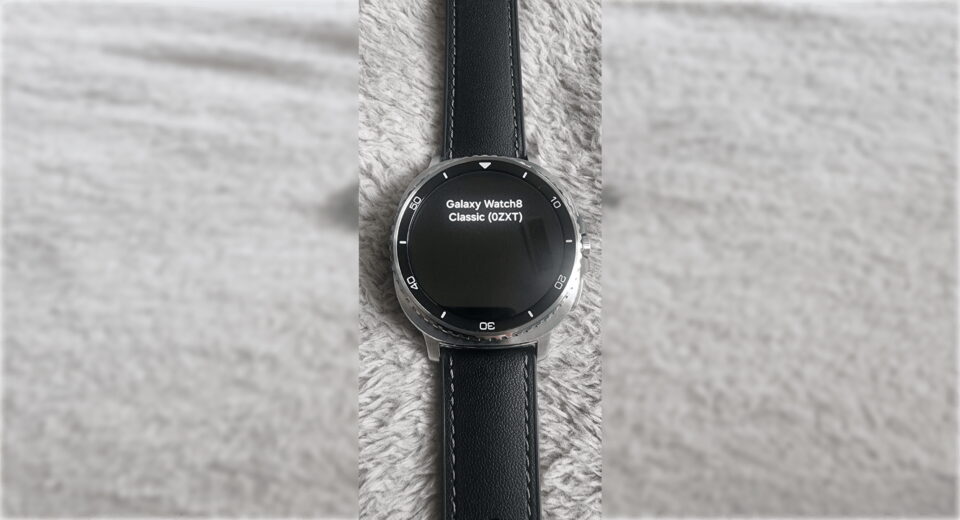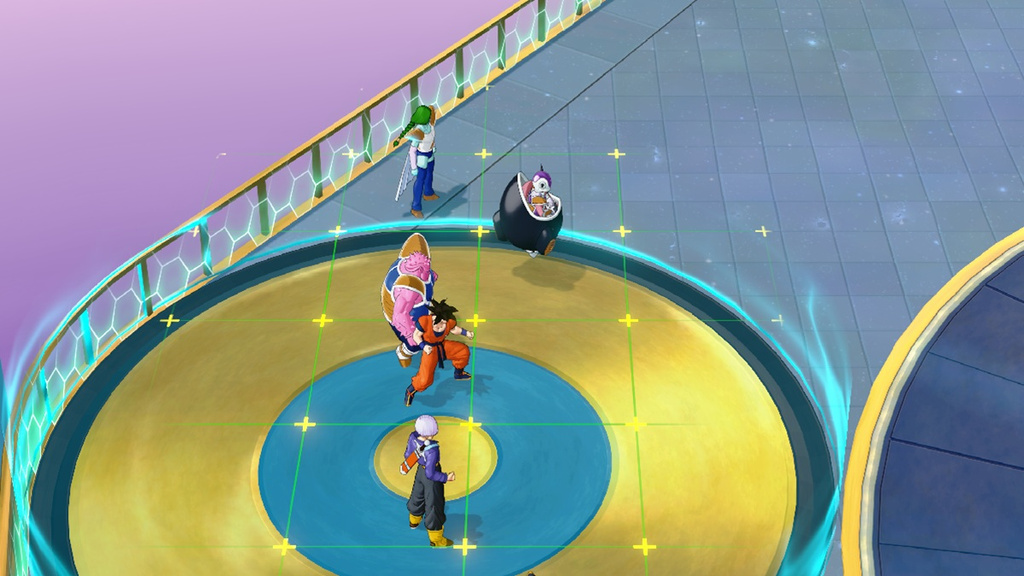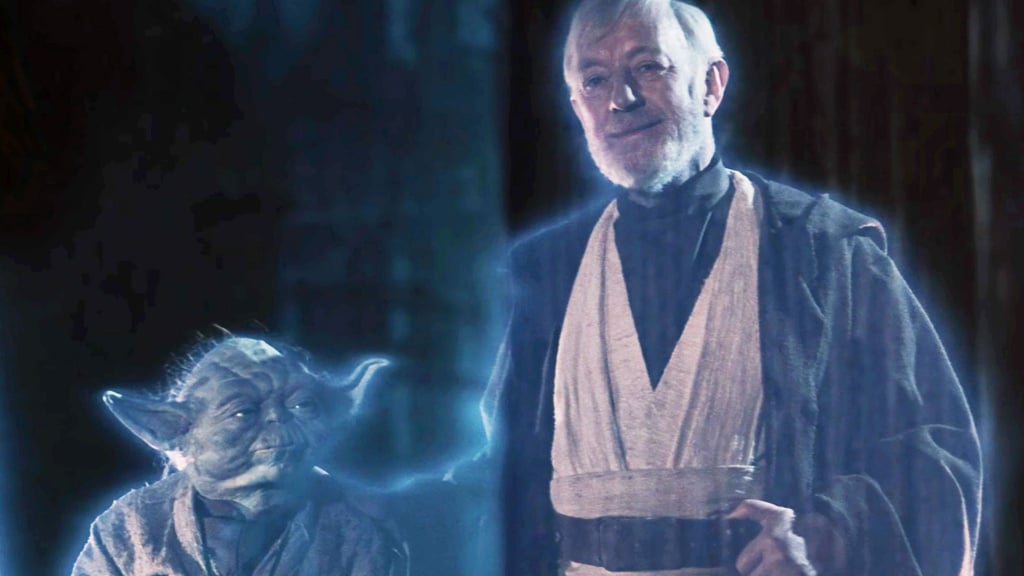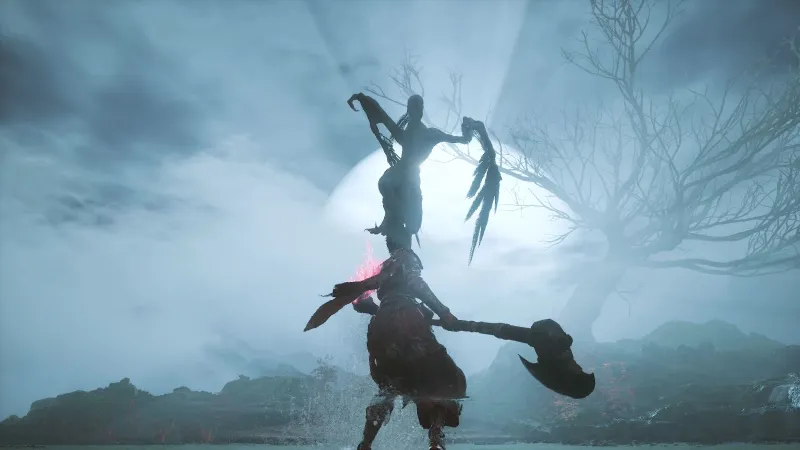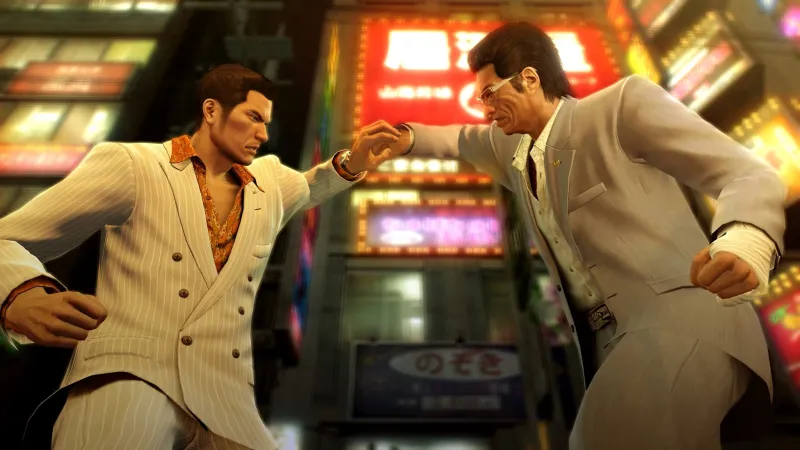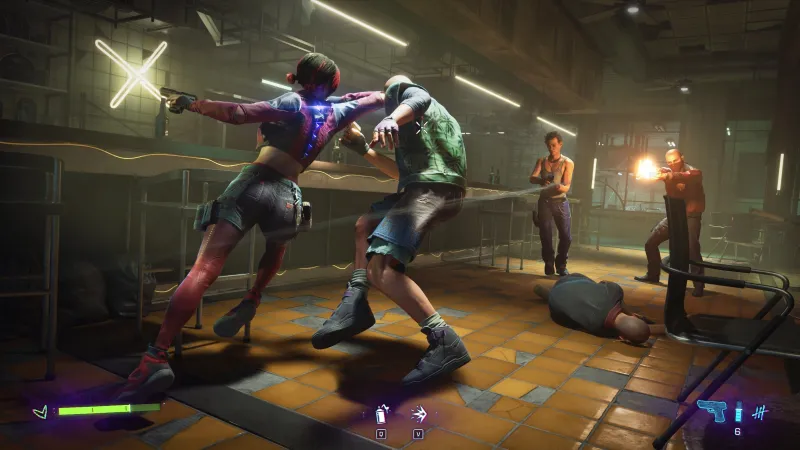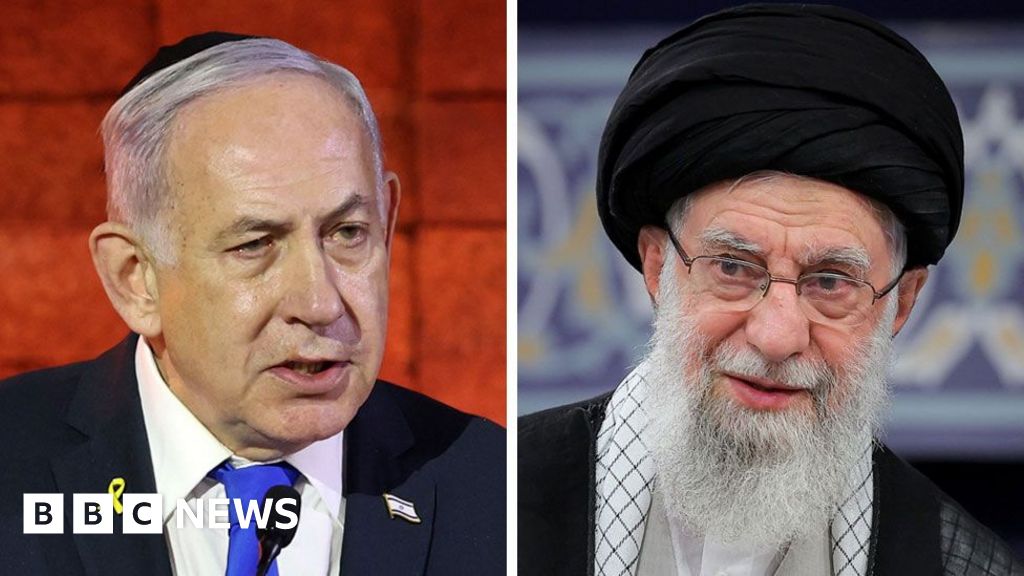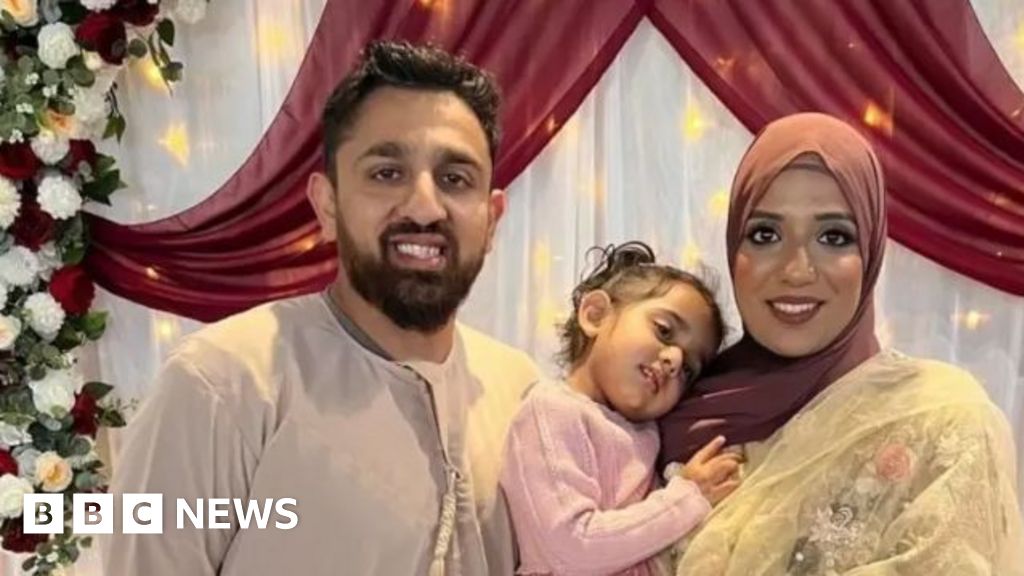How the 2020 George Floyd Protests Are Haunting Democrats in 2025


No longer demanding cuts to police budgets or straining to show solidarity with protesters, Democrats are taking a far more cautious approach. Five years ago, as grief and anger over George Floyd’s murder ignited national protests, top Democrats joined the demonstrations, called for cutting police budgets and, in a ham-fisted effort at solidarity, even knelt in kente cloth at the Capitol. Now, as President Trump spoils for a fight by sending unwanted troops to Los Angeles to stamp out protests and help with immigration raids, Democrats scarred by recent elections have a starkly different message for demonstrators: Don’t play into his hands. Five years after the 2020 racial justice movement prompted a wave of cultural changes and then an enduring political backlash, many Democrats are signaling that they now recognize how skillful Republicans can be in using scenes of unrest — whether limited or widespread, accurate or not — to cast liberal lawmakers as tolerant of lawlessness. “Many of the 2020 protests played out in ways that Democrats did not see and they did not foresee,” said former Senator Doug Jones of Alabama, a Democrat who lost his re-election bid that year. At the time, he said, some did not grasp that “once you got to a certain critical mass of protesters, that some bad things were going to happen.” “I think they do now,” said Mr. Jones, who stressed that Mr. Trump was needlessly escalating tensions. “I also think that they appreciate the fact that any violence is one, is uncalled-for, it needs to be prosecuted. But it’s also playing into the narrative of Donald Trump.” So far, the demonstrations now — relatively small, scattered and generally peaceful — bear little resemblance to the mass protests of 2020, which in some cases devolved into destructive riots. Democrats see Mr. Trump’s extraordinary use of the military as an unconstitutional and authoritarian abuse of power, a blatant effort to whip up tensions for political gain. In their eyes, it is an especially galling act from someone who incited a deadly riot at the Capitol on Jan. 6, 2021, turned the violence into a rallying cry and then pardoned the rioters. On Thursday, the Republican crackdown extended to a U.S. senator. Senator Alex Padilla, a California Democrat, was forced to the ground, handcuffed and removed by federal agents after interrupting a news conference held by the homeland security secretary, a shocking use of force against a lawmaker that left Democrats stunned and furious. Nevertheless, they are also plainly taking a harder line against unruly protesters and showing far more caution, in a clear illustration of how drastically the politics of protest have changed since Mr. Trump was last in office. Mayor Karen Bass of Los Angeles, who five years ago was a liberal congresswoman talking about cuts to the Police Department budget, is sternly warning that “damage to our city will not be tolerated and individuals will be prosecuted.” Former Representative Katie Porter, who embraced demonstrations in 2020 and is now a candidate for California governor, recently urged protesters: “Be peaceful. Don’t give Trump what he wants.” And Democratic lawmakers across the country argue that it is Mr. Trump who is misusing and disrespecting the military. Mr. Trump could well face a significant backlash, as he did in 2020 after turning military units on people peacefully protesting police violence in Washington. His actions in California represent a far greater straining of the limits of presidential power. A Quinnipiac University poll released Wednesday found that 54 percent of voters disapproved of Mr. Trump’s handling of immigration issues. Under his crackdown, American children have been deported and Immigration and Customs Enforcement is ramping up workplace raids across the country, fueling the demonstrations in California and elsewhere. More protests are expected this weekend even as Mr. Trump holds a military parade in the nation’s capital. But politically, immigration and law enforcement issues have often been headaches for Democrats. And some in the party who loathe Mr. Trump’s policies are nervous about how the broader public will perceive the protests. While many of the demonstrations so far have been calm, there have also been striking scenes of destruction, such as self-driving vehicles set on fire. Democrats hope those images will not come to define the protest movement or their party. Representative Lou Correa, a California Democrat who represents the Santa Ana area, said he had “been asking our demonstrators here to be peaceful, to be law-abiding, peaceful, respectful.” “I don’t want to have the kind of demonstrations we have in Los Angeles in Santa Ana,” he said. The Trump administration wants “a reason to come down really hard on California and on sanctuary states and on sanctuary cities,” he added. “Don’t give them the reason.” In 2020, Republicans used instances of looting or violence that stemmed from protests to cast Democrats as far-left radicals who were hostile to the police. It didn’t work against the Democratic presidential nominee, Joseph R. Biden Jr., a moderate older white man who had never been much of an in-the-streets activist, even in the Vietnam era. “Do I look like a radical socialist with a soft spot for rioters?” he asked, rhetorically, at one point in the campaign. But Republican attacks were a factor in some down-ballot races that year, and Mr. Trump appears to see a political opportunity again. “His actions in L.A. seem to be an attempt to recreate what worked for him before — trying to make L.A. the Kenosha of 2025 so that he can emerge as strong,” said Molly Murphy, a top Democratic pollster, referring to the 2020 unrest in Kenosha, Wis., after the police shooting of Jacob Blake. “Democrats should be careful not to become the party of the protesters in this moment. We can stand for calm and order, pointing the finger at Trump for the one stoking it, threatening it and inflaming the tensions.” Mr. Jones, the former Alabama senator, said he hoped there would also be ways to remind the nation that the ability to peacefully protest the government is a fundamental American right. “What we’ve got to try to figure out and navigate is a way to get people out of the Republican or Democratic corner and into the American corner,” he said. “That’s what is the key. And it’s difficult in times like this.”
What's Your Reaction?
 Like
0
Like
0
 Dislike
0
Dislike
0
 Love
0
Love
0
 Funny
0
Funny
0
 Angry
0
Angry
0
 Sad
0
Sad
0
 Wow
0
Wow
0

